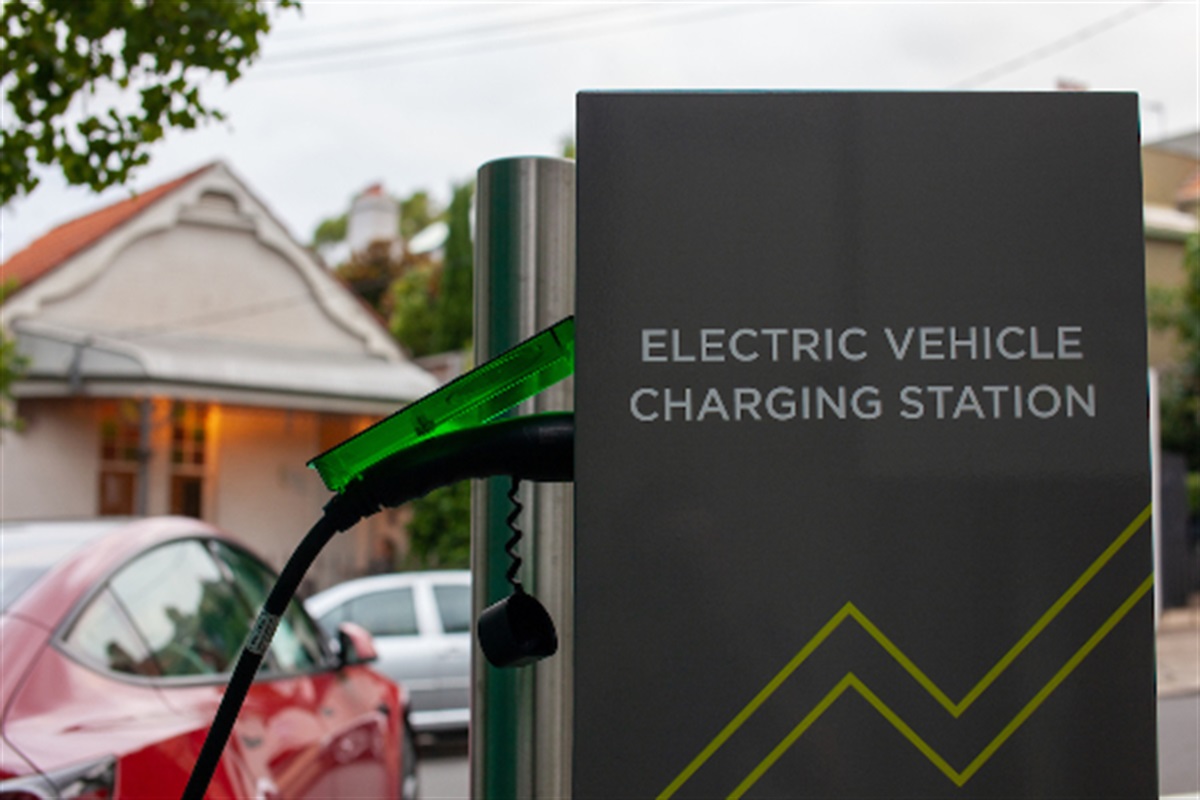



GB 39752–2024
Safety Requirements for Conductive Charging Systems of Electric Vehicles Standard Highlights
Specifies basic safety requirements for electric vehicle conductive charging systems.
Covers systems that deliver electrical energy via conductive means while the vehicle is stationary.
Applie to electric vehicles (including plug-in hybrids) and supply devices within the conductive charging system.
Covers electrical safety, mechanical safety, environmental adaptability, and functional safety of charging systems.
Key Safety Requirements
General Electrical Safety Requirements
Insulation resistance
Di-electric withstand voltage
Protective grounding
Short-circuit protection
Overcurrent protection
Overvoltage protection
Undervoltage protection
Emergency shutdown
Connection Interface Safety Requirements
Protection against incorrect insertion
Protection against electric shock
Mechanical strength of the connector
Durability of plug-in operations
Mechanical Safety Requirements
Resistance to mechanical impact
Prevention of tripping hazards
Vibration and shock resistance
Environmental Adaptability Requirements
Protection against water and dust (IP rating)
Resistance to high and low temperatures
UV resistance
Corrosion resistance
Functional Safety Requirements
Communication between vehicle and charger
Authentication
Functiona error detection and protection
GB 44323–2024
Safety Requirements for Wireless Charging Systems of Electric Vehicles Standard Highlights
Specifies basic safety requirements for wireless power transfer (WPT) systems used for stationary electric vehicle charging.
Covers electric vehicles (including plug-in hybrids) and wireless supply equipment.
Focuses on ensuring safe energy transmission through magnetic fields while avoiding harm to humans, animals, and the environment.
Addresses electrical safety, electromagnetic field (EMF) safety, mechanical safety, and environmental adaptability.
Key Safety Requirements
General Electrical Safety Requirements
Insulation resistance
Dielectric withstand voltage
Short-circuit protection
Overcurrent protection
Overvoltage protection
Emergency shutdown
Wireless Energy Transmission Safety Requirements
Field strength limit
Human exposure assessment
Detection and protection for foreign objects (FOD)
Accurate positioning between the vehicle and the wireless charger
Mechanical Safety Requirements
Structural strength
Resistance to mechanical impact
Prevention of tripping hazards
Environmental Adaptability Requirements
Protection against water and dust (IP rating)
Resistance to temperature extremes
UV resistance
Corrosion resistance
Functional Safety Requirements
Communication between vehicle and charger
Misalignment detection
Fault detection and protection
System shutdown under abnormal conditions
Background
These two national standards—GB 39752–2024 and GB 44323–2024—fill the regulatory gap for safety requirements in electric vehicle charging systems, both conductive and wireless.
They:
Promote the safe, reliable, and efficient development of electric vehicle infrastructure.
Enhance user safety during charging.
Ensure the technical advancement and sustainable growth of the electric vehicle industry.
Published by:
Nationa Technical Committee of Auto Standardization (SAC/TC114)
National Technical Committee of Electric Vehicle Charging Facilities Standardization (SAC/TC482)
For More information, please contact
assistant@bestao-consulting.com
Bottom of Form



